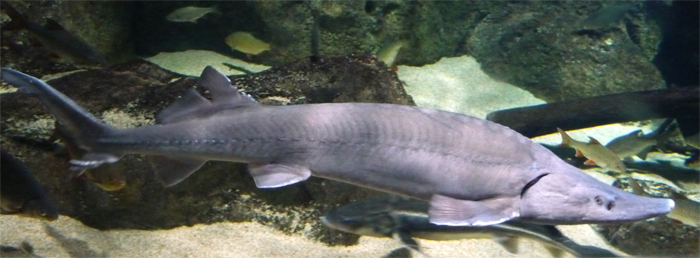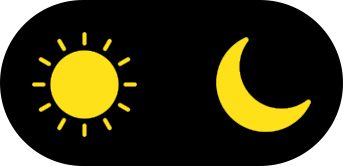|
Context:
Sources:
https://www.laprensalatina.com/the-sturgeon-caviar-farm-harvesting-roe-willing-fish/
https://www.researchgate/279581_Growth_food_conion_Siberian_Siberian _Acipenser_baeri_brandt_at_different_daily_feeding_rates https: //www.dehner .at/ratgeber/zoo-tipps/ratgeber-stoere/
http://www.sturgeon-web.co.uk/water-quality
https://www.aquafuture.de/pdf/fischer_teichwirt_1_2010.pdf
https://www .fischlexikon.eu/fischlexikon/fische-suche.php?fisch_id=0000000089
|
bd) Stocking densities according to regulations for organic aquaculture in the EU: 15 kg/m³ brook trout (Salvelinus fontinalis)
15 kg/m³ Coregonen (Whitefish Coregonus)
15 kg/m³ trout (Oncorhynchus, Trutta)
20 kg/m³ Arctic char (Salvelinus alpinus)
25 kg/m³ brown and rainbow trout
20 kg/m³ salmon: brown trout (Salmo trutta fario), lake trout (Salmo trutta lacustris), sea trout (Salmo trutta trutta), rainbow trout (Oncorhynchus mykiss)
10 kg/m³ milkfish (Chanos chanos)
10 kg/m³ tilapia (Oreochromis sp.)
10 kg/m³ Mekong catfish (Pangasius sp.)
Quote : The prerequisites are compliance with the ban on deterioration of water quality (2) (in accordance with
Directive 2000/60/EC European Water Framework Directives), as well as an oxygen saturation of at least 7 mg/L and a minimum inflow rate of 3 seconds liters per t of fish. Under no circumstances should the animals show injuries (e.g. to the fins) that indicate that the stocking density is too high. Tropical freshwater fish (e.g. milkfish Chanos chanos, tilapia Oreochromis sp., Mekong catfish Pangasius sp.): the stocking density in ponds and net enclosures (pens, enclosures) must not exceed 10 kg/m3 as an upper limit. Stocking density regulation EU: REGULATION (EC) No. 710/2009 OF THE COMMISSION of August 5, 2009
https://eur-lex.europa.eu/LexUriServ/LexUriServ.do?uri=OJ :L:2009:204:0015:0034:DE:PDF
dGH values ) https://www.aquarium-guide.de
1) Naturland guidelines: https://www.naturland.de/images/01_naturland/documents/Naturland-guidelines_Aquakultur.pdf
|





